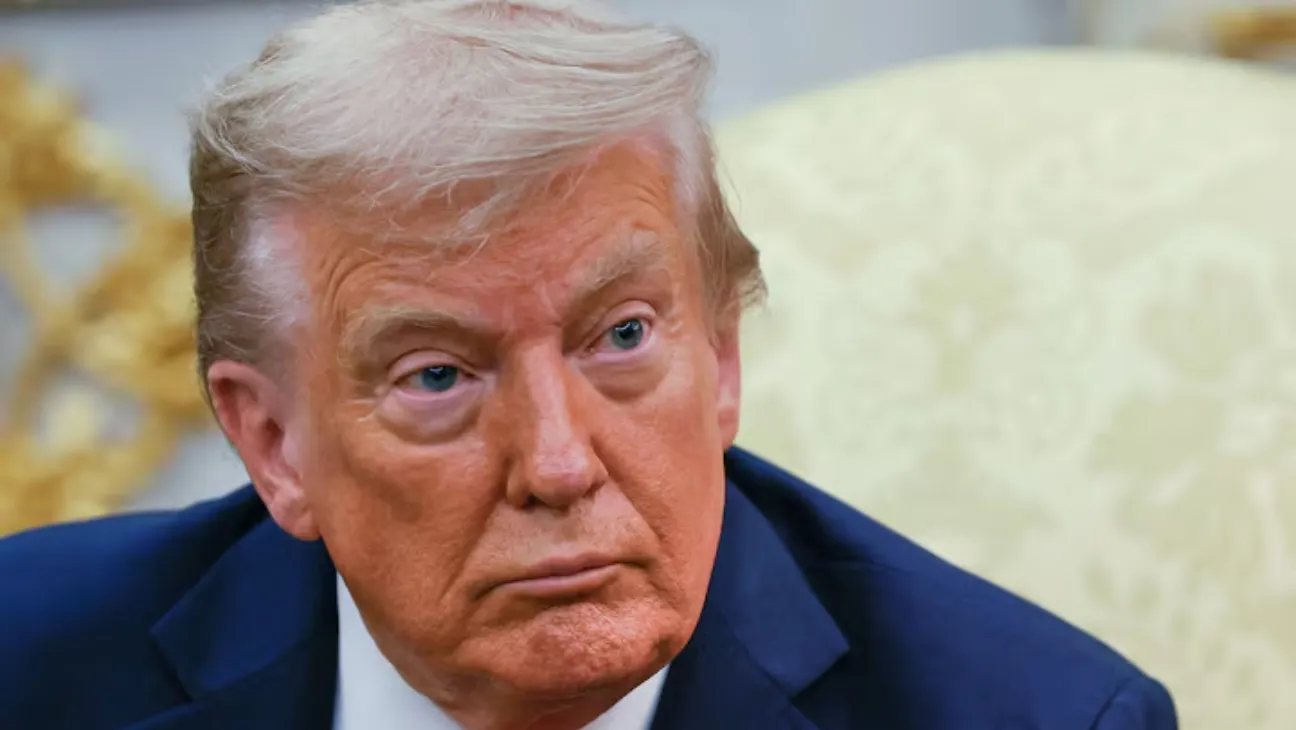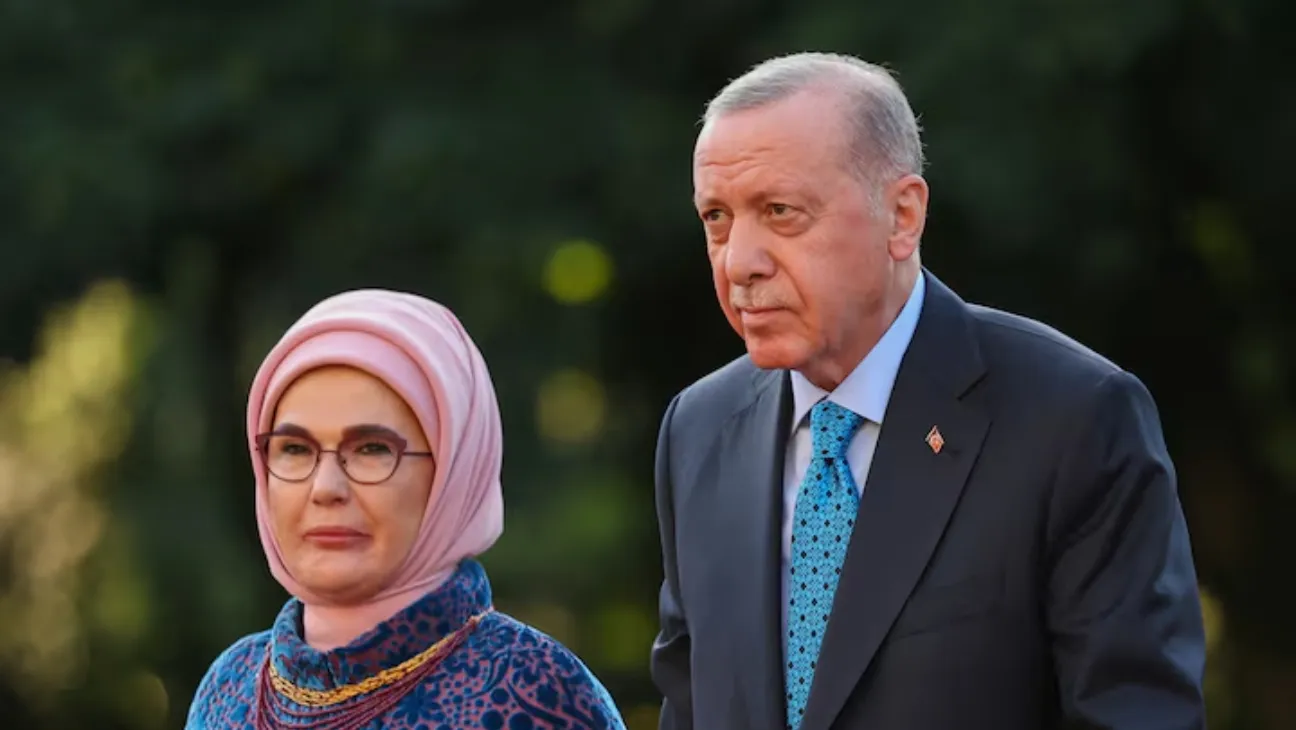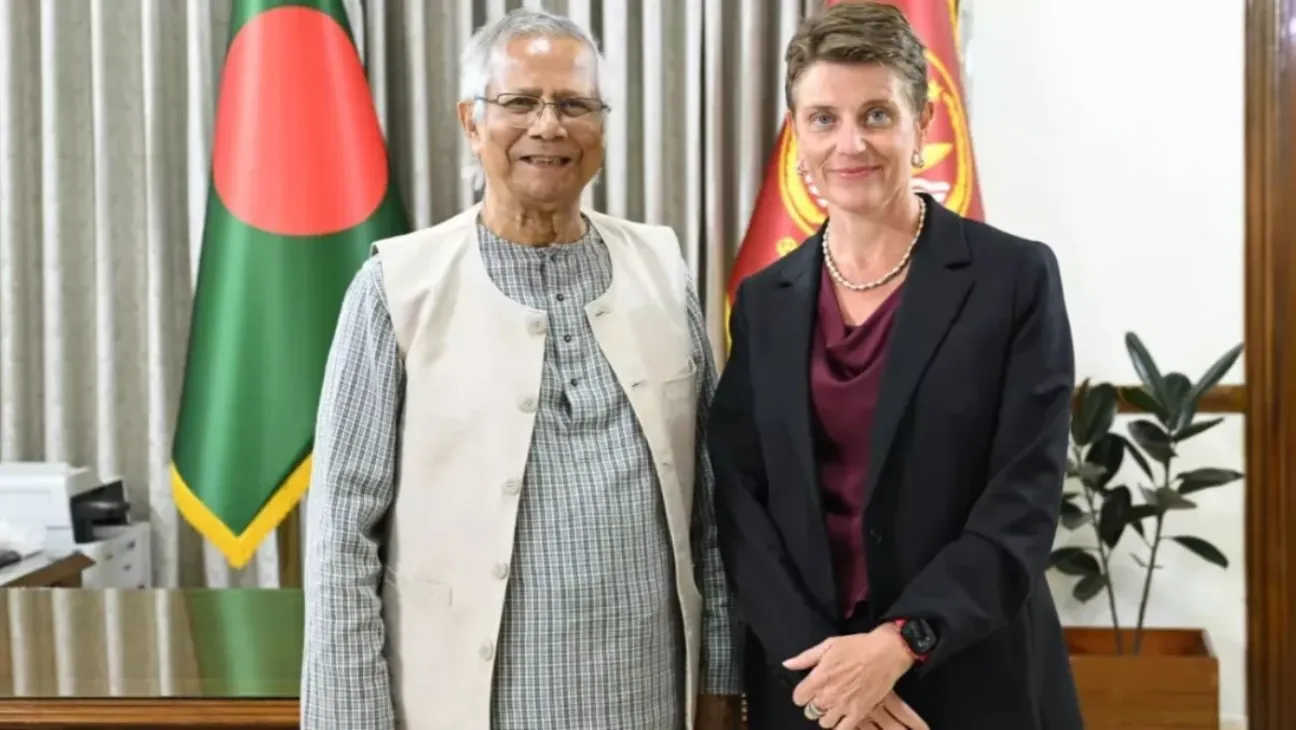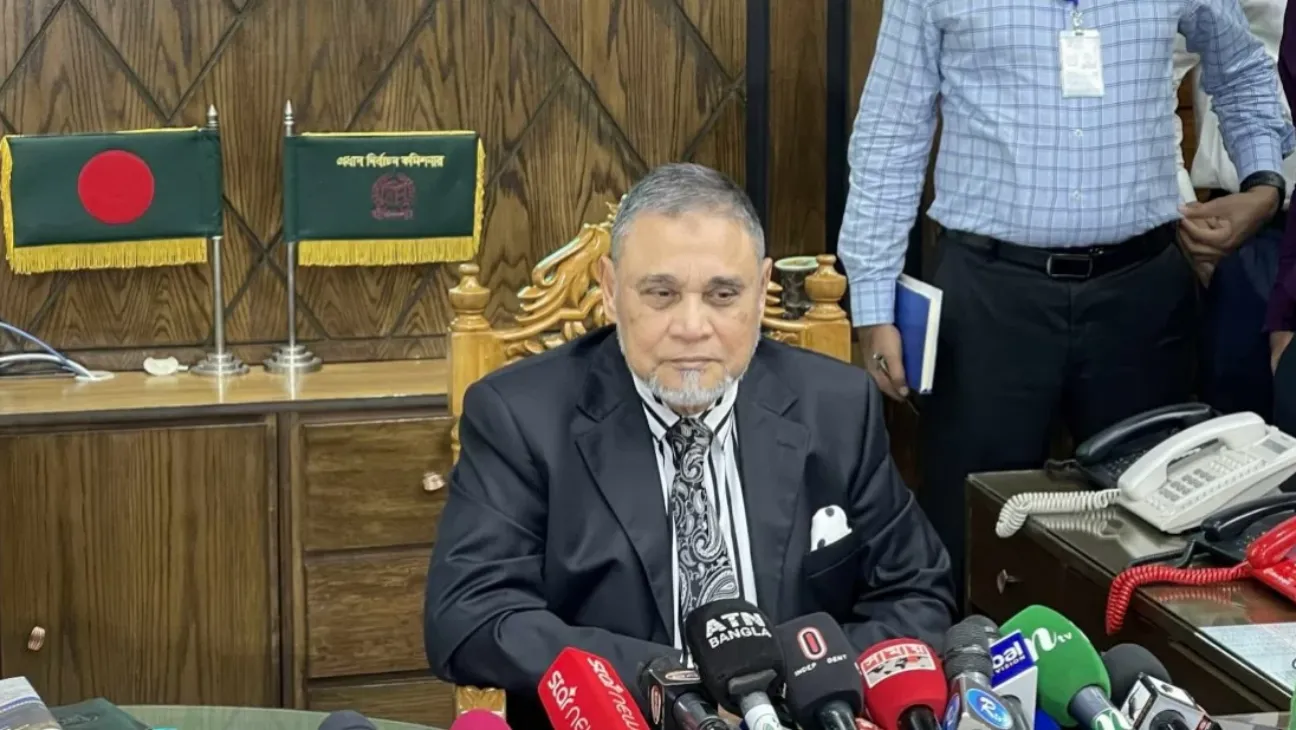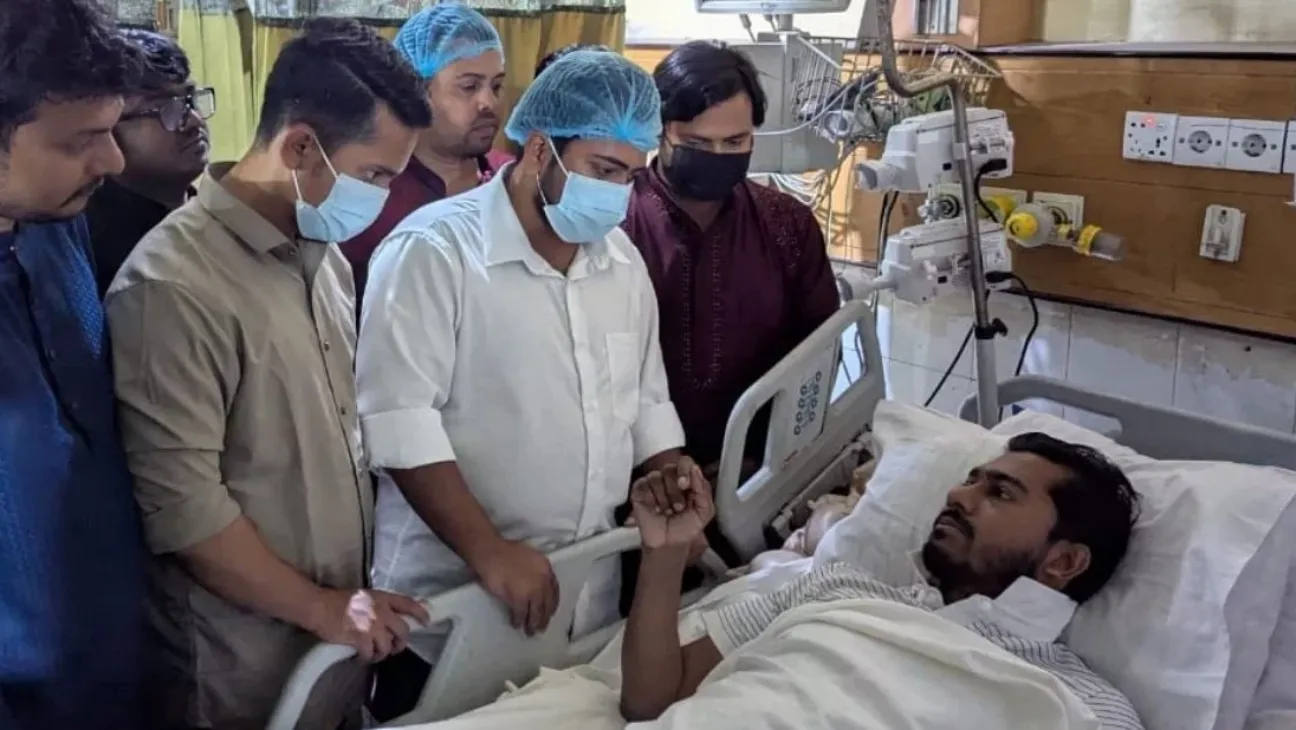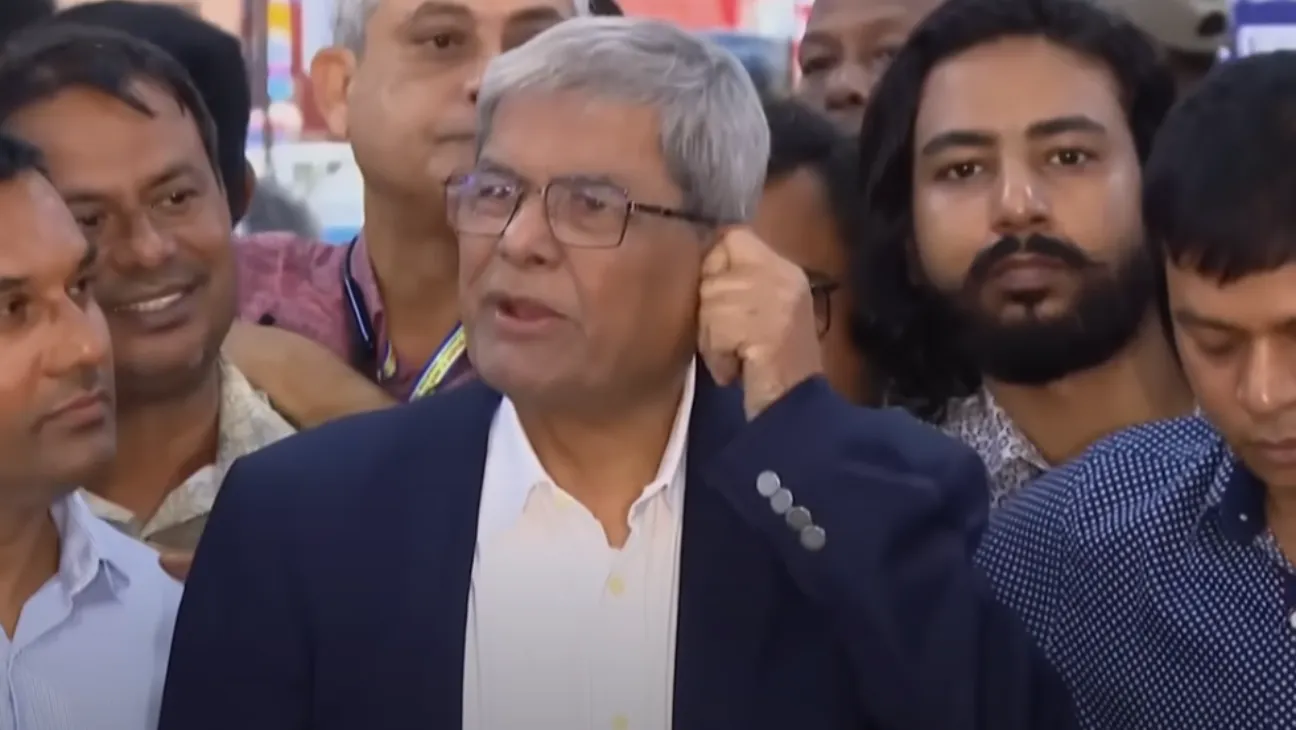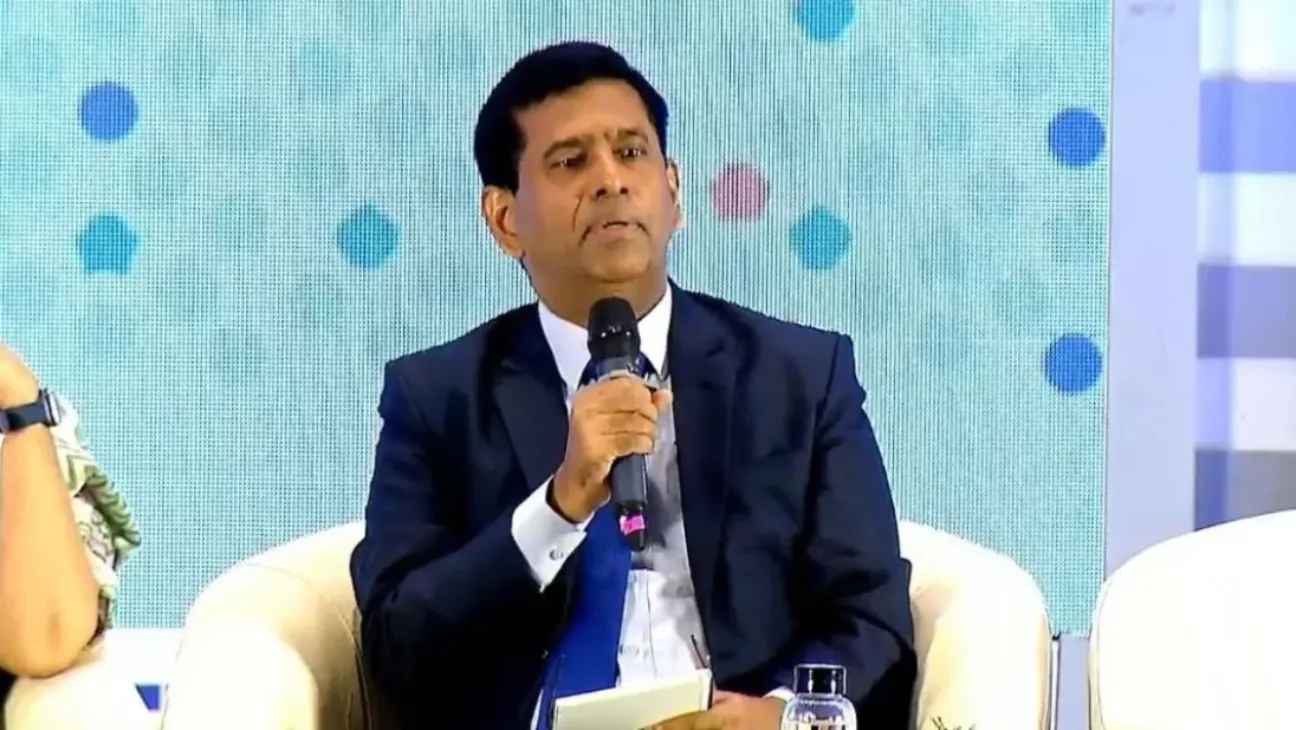Violence intensified on Saturday in Syria’s southern Sweida region, where sectarian clashes between the Druze community and Bedouin tribes entered a second week despite ceasefire efforts by the government and international mediators.
Residents described continued gunfire and shelling in parts of Sweida and surrounding villages. While Syria’s interior ministry claimed Bedouin fighters had been “cleared” from the city, local reports and monitors indicated tensions were far from over.
A resident from a nearby village, Mansour Namour, said mortar rounds were still landing near his home late Saturday. “It’s not quiet yet,” he said. “There were injuries even today.”
Casualties and Ceasefire Claims
The Syrian Observatory for Human Rights says over 940 people have died since the clashes erupted. Reuters has not independently confirmed the toll.
Medical personnel on the ground described a grim scene. Omar Obeid, a hospital director in Sweida, said many of the injured had shrapnel wounds. “We are seeing chest injuries, broken limbs, and the morgue is full,” he told local reporters.
Syria’s interim president Ahmed al-Sharaa announced an immediate ceasefire on Saturday, calling for “an end to hostilities” and blaming recent violence on sectarian incitement.
“The Israeli intervention pushed the country into a dangerous phase,” Sharaa said in a televised statement. He accused Druze gunmen of retaliatory violence and framed the conflict as threatening Syria’s unity.
Tensions Between Communities and External Influence
The violence started as a local feud between the Druze—a minority spread across several countries—and Bedouin tribes. But as tensions rose, Syrian troops were sent in, only to reportedly end up fighting both groups.
The fighting now appears to involve multiple actors. Israel launched airstrikes on Syrian military positions earlier this week, including targets in Damascus, citing protection for the Druze community.
U.S. officials have taken a different stance, supporting Sharaa’s central government and calling for minority unity.
“There’s a need now for a shared Syrian identity,” said Tom Barrack, U.S. ambassador to Turkey and envoy to Syria. He confirmed that both Syria and Israel had agreed to a ceasefire.
Israel, meanwhile, has expressed skepticism about Sharaa’s leadership. Foreign Minister Gideon Saar said Syria remains unsafe for minority groups, writing on X: “In al-Sharaa’s Syria, it is very dangerous to be a member of a minority — Kurd, Druze, Alawite, or Christian.”
A Volatile Region With a Fragile Power Structure
Sweida has long been one of the more stable areas in Syria’s complex civil war. That balance now appears increasingly at risk.
Syria’s new leadership is already on shaky ground. The Islamist-led government, which took over under Sharaa after Assad’s ouster in December, is discovering that old rivalries die hard.
In many parts of the country, loyalty to one’s own community still means more than loyalty to the state, making it incredibly difficult to govern. We saw a stark example of this in March when violence flared up against the Alawite minority—the very group that formed the power base for Assad’s old regime.
Now, with this weekend’s fighting, the list of crises is only getting longer, piling on top of ethnic feuds, porous borders, and foreign troops still on their soil. The government can claim that peace is returning to Sweida all they want, but the sound of machine guns and mortars tells a very different story.
For now, the streets remain tense. Hospitals stay crowded. And residents, Druze and Bedouin alike, are left wondering if any ceasefire will hold.


